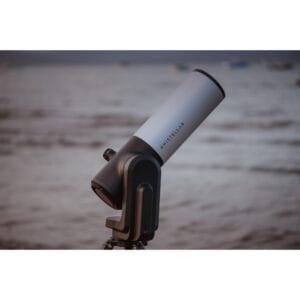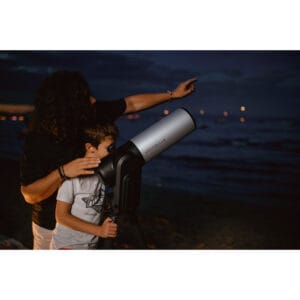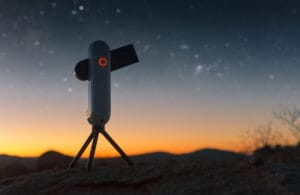
The bright glow of gas and stars on the left side of the image marks the center of our galaxy. The dark band running through this center is known as the Great Rift. It appears as if the Milky Way is split in half, right through its center and along its spiral arms. In reality, this gap is caused by a curtain of dust that blocks and scatters visible light. This makes it difficult to observe this area with traditional telescopes.
Fortunately, Rubin is designed to conduct the Legacy Survey of Space and Time (LSST). During this ten-year survey, the entire visible southern sky will be photographed every few nights – capturing about 1000 images per night.
One of the four main scientific goals of this mission is mapping the Milky Way, to answer fundamental questions about the structure and origin of our galaxy.
The Vera Rubin telescope is no ordinary telescope. It’s a revolutionary observatory, built in Chile’s Atacama Desert, that will map the entire universe over 10 years – with a speed, precision, and depth that no other instrument has ever achieved. And all this with a 3200 megapixel camera, the largest digital camera in the world.
What Makes the Vera Rubin Telescope so Special?
At 2680 meters altitude, above the clouds and turbulent part of the atmosphere, sits the Rubin Observatory. This is no small dome with a telescope lens: the construction weighs 350 tons and can rotate and tilt at unprecedented speeds – like stopping and turning a Boeing 747 in four seconds. This is necessary because this telescope takes about 1000 images of the night sky each night, in segments of nearly 10 square degrees per exposure – large enough to fit 40 moons.
The secret? The LSST camera: a system as large as a small car, cooled to -100°C, consisting of 189 individual sensors that together provide an unprecedented detailed image. While the James Webb Telescope zooms in deeply on small areas, Rubin views an enormous portion of the sky at once – and does this every three days.
What Will the Vera Rubin Telescope Do?
Rubin’s mission is grand, but crystal clear: to understand the universe like never before. There are four scientific goals:
1. Understanding Dark Matter and Dark Energy, why is the Universe Expanding?
Rubin will create a detailed map of the universe. By tracking millions of supernovae and measuring the effect of gravity on light (gravitational lensing), astronomers can calculate how dark matter and dark energy behave – potentially solving the universe’s greatest mystery.
2. Discovering and Tracking Asteroids
We currently know of about 500,000 asteroids. Rubin is expected to map more than 5 million. More importantly, it will also detect objects that are potentially dangerous to Earth, long before they approach us.
3. Capturing Real-Time Events
Each image is immediately compared with the previous one. Within 60 seconds, all changes are forwarded to scientists worldwide. Think of exploding stars, black holes devouring matter, or objects passing in front of stars. Rubin can send up to 10 million alerts per night.
4. Finally Mapping the Milky Way
What we know of the Milky Way now are artist impressions. Rubin will create a real map. From 3 billion known stars, we’ll go to more than 20 billion precisely measured stars, including brightness, position, and movement. This is a quantum leap in our knowledge of our own galaxy.
Smarter than Smart Telescopes?
At telescoop.nl, we often discuss smart telescopes like the Seestar S50, DWARF 3, or Vespera II. But the Vera Rubin telescope is in a completely different class. Not just because it’s bigger and more powerful, but also because it literally discovers what’s new by itself – and shares it with the world within a minute. This is the pinnacle of automation and data-driven astronomy. You could say: this is the ultimate smart scope.
First Images: a Glimpse of the Future
Rubin’s first images have now been released – composed of more than 650 exposures per image, spread over 7 hours. They show gas clouds, distant galaxies, star explosions, and colliding galaxies, all captured in one shot.
Image 1: Spiral Galaxies and Galactic Dance
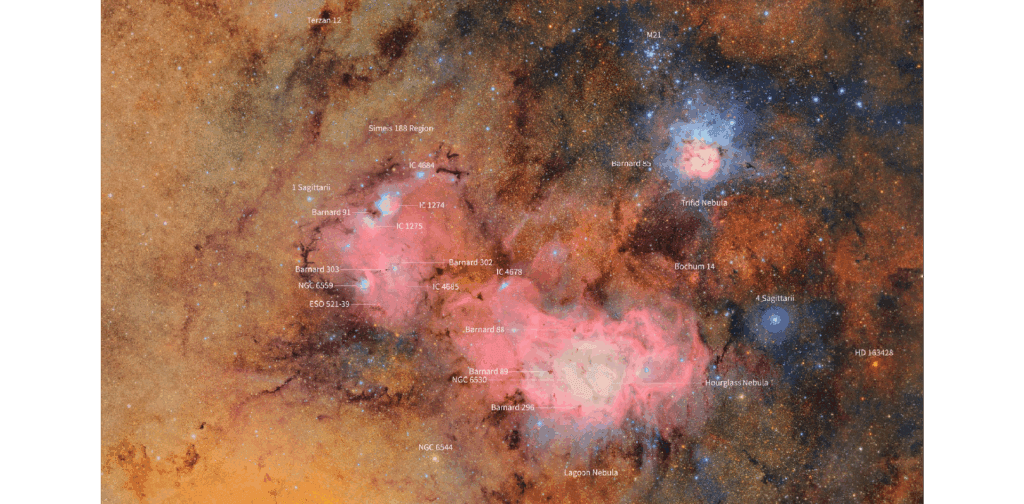
By photographing images like these in six light bands (UV, blue, green, red, infrared, and Y-band), Rubin shows both the visible and invisible universe.
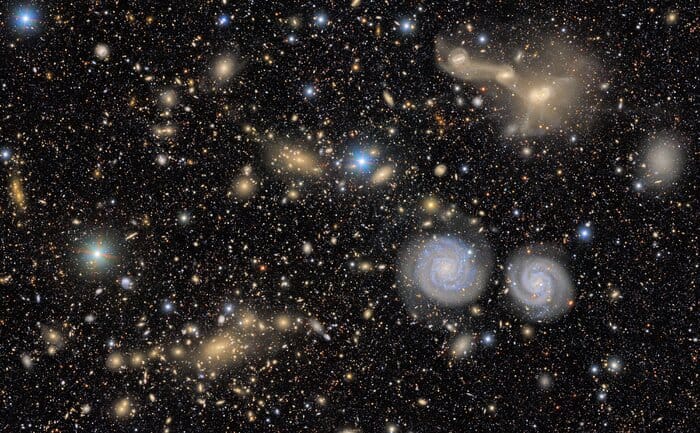
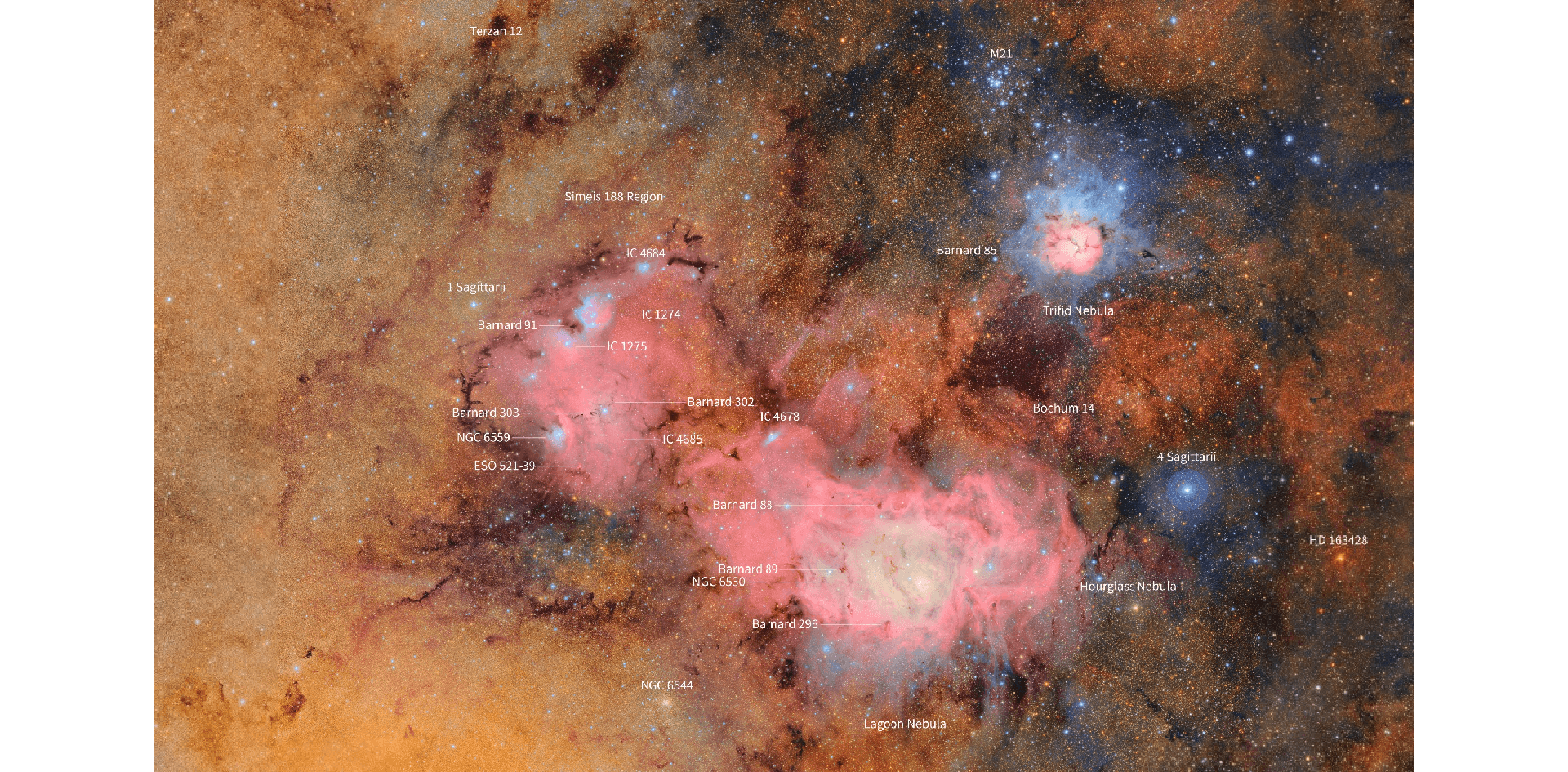
What makes these images so special is not just their beauty, but the science they contain. Every dot, every cloud, every glow is data. And with billions of these points, filtered through six different light bands (from ultraviolet to infrared), the most complete picture of the universe humanity has ever had emerges.
Why all this Matters
The Vera Rubin telescope is more than an impressive piece of technology. It’s a scientific time document. By photographing the entire night sky every three days, Rubin creates a kind of movie of the universe in motion. Never before could we track dynamic processes in the universe so well.
And perhaps most exciting of all? The “unknown unknowns”. The discoveries that no one anticipated. Like Hubble and Voyager did before. Rubin will change the course of astronomy – and probably redefine our place in the universe.
Also interesting:
- What can you see with a telescope?
- What exactly is dark matter?
- Compare smart telescopes like Seestar and DWARF 3
Want to explore the night sky yourself, right from your balcony? Check out our range of smart telescopes and start your own discoveries today.

